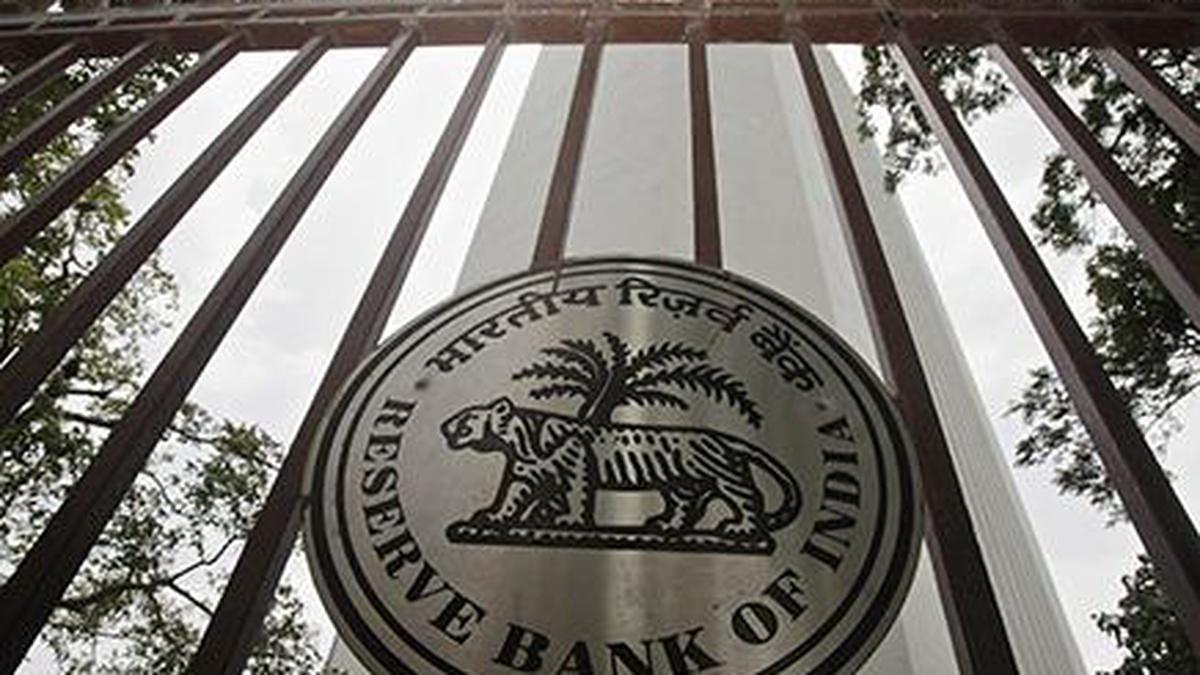RBI’s Digital Lending Guidelines: Comprehensive Compliance Framework for Lenders and Loan Service Providers
Introduction
The Reserve Bank of India’s Guidelines on Digital Lending represent a landmark regulatory framework governing the rapidly evolving digital lending ecosystem. Issued in response to the growing concerns around consumer protection, data privacy, and unethical business practices, these guidelines establish clear standards for regulated entities engaged in digital lending while addressing the unique challenges posed by technology-enabled lending models.
What are the Digital Lending Guidelines?
RBI’s Digital Lending Guidelines outline the regulatory requirements for regulated entities and their lending service providers offering loans through digital channels. The framework covers customer protection measures, disclosure standards, data security, privacy safeguards, and operational controls specific to digital lending operations. It establishes boundaries between legitimate digital lending and predatory practices while enabling responsible innovation.
Why are Digital Lending Guidelines Required?
- Protects consumers from exploitative lending practices in digital channels
- Ensures transparency in digital loan products and processes
- Establishes data privacy and consent standards for lending apps
- Creates accountability in the digital lending ecosystem
- Distinguishes between regulated and unregulated digital lenders
Key Requirements Under the Digital Lending Guidelines
Loan Disbursement and Repayment
- Direct disbursement to borrower’s bank account only
- Direct repayment to lender’s account only
- Prohibition of pass-through accounts
- All-inclusive cost disclosure requirements
- Standardized Annual Percentage Rate (APR) disclosure
Transparency and Disclosure
- Key Fact Statement (KFS) requirements
- Cooling-off/look-up period provisions
- Detailed breakdown of all charges
- Loan servicing provider disclosure
- Algorithm-based lending disclosure
Lending App Governance
- Regulated entity responsibility for service providers
- App store listing verification requirements
- Lending app certification process
- Reporting requirements to app stores
- Due diligence for third-party apps
Consent Framework
- Purpose-specific explicit consent
- Layered consent implementation
- Data collection limitation
- Revocable consent mechanisms
- Audit trail of all consents
Technology and Data Security
- Data storage location requirements
- Minimum encryption standards
- Access control requirements
- Data minimization principles
- Data deletion requirements
Grievance Redressal
- Dedicated grievance officer appointment
- Digital complaint submission mechanisms
- Turn-around time requirements
- Escalation matrix transparency
- Complaint tracking system
Specific Requirements for Different Participants
Regulated Entities (REs)
- Overall accountability for digital lending
- Board-approved policy requirements
- Service provider due diligence
- Compliance monitoring obligations
- Regulatory reporting requirements
Lending Service Providers (LSPs)
- Service agreement requirements
- Fee structure transparency
- Prohibited services delineation
- Data usage limitations
- Operational boundaries
Digital Lending Apps (DLAs)
- Authentication and verification standards
- User interface requirements
- Privacy policy standards
- Permission access limitations
- Security certification requirements
Technical Service Providers
- Data security implementation
- API security standards
- Third-party integration security
- Audit and logging requirements
- Vulnerability management obligations
Default Loss Guarantee (DLG) Framework
DLG Structure and Limitations
- Maximum first-loss default guarantee limits
- Capital adequacy implications
- Regulatory reporting of DLG arrangements
- Related party DLG restrictions
- Provisioning requirements for DLG exposures
Transparency Requirements
- DLG arrangement disclosure to borrowers
- Reporting of DLG in financial statements
- Clear documentation requirements
- Service provider role clarification
- Fee structure transparency
Risk Management
- DLG exposure concentration limits
- Counterparty assessment requirements
- Stress testing of DLG arrangements
- DLG portfolio monitoring
- Early warning indicators
Applicability Across Lender Types
Banks
- Comprehensive compliance with all provisions
- Integration with existing digital banking frameworks
- Enhanced reporting requirements
- Specialized monitoring for digital portfolios
- Third-party oversight responsibilities
NBFCs by Layer
- NBFC-Upper Layer: Full compliance similar to banks
- NBFC-Middle Layer: Core requirements with proportionate implementation
- NBFC-Base Layer: Fundamental protections with simplified implementation
- Reporting aligned with scale-based regulation
Microfinance Institutions
- Additional borrower protection measures
- Simplified user interface requirements
- Vernacular language support mandates
- Enhanced transparency for vulnerable borrowers
- Rural digital access considerations
Penalties for Non-Compliance
- Monetary penalties up to ₹1 crore
- Prohibition from digital lending activities
- App removal directives to app stores
- Supervisory restrictions on lending
- Public disclosure of violations
Recent Updates and Amendments
- Working Group on Digital Lending implementation
- Default Loss Guarantee framework refinements
- First Loss Default Guarantee guidelines
- Digital lending app verification process
- Enhanced disclosure requirements
Industry Best Practices
- Ethical algorithm design and testing
- Enhanced digital financial literacy initiatives
- Behavior-based fraud detection systems
- Transparent digital loan journeys
- Multi-lingual customer support systems
Conclusion
RBI’s Digital Lending Guidelines represent a balanced approach to regulating an innovative but potentially risky lending channel. Financial institutions that embrace both the letter and spirit of these guidelines by implementing transparent, secure, and customer-centric digital lending practices will be better positioned to build sustainable digital portfolios while protecting consumers from the pitfalls of unregulated lending.














